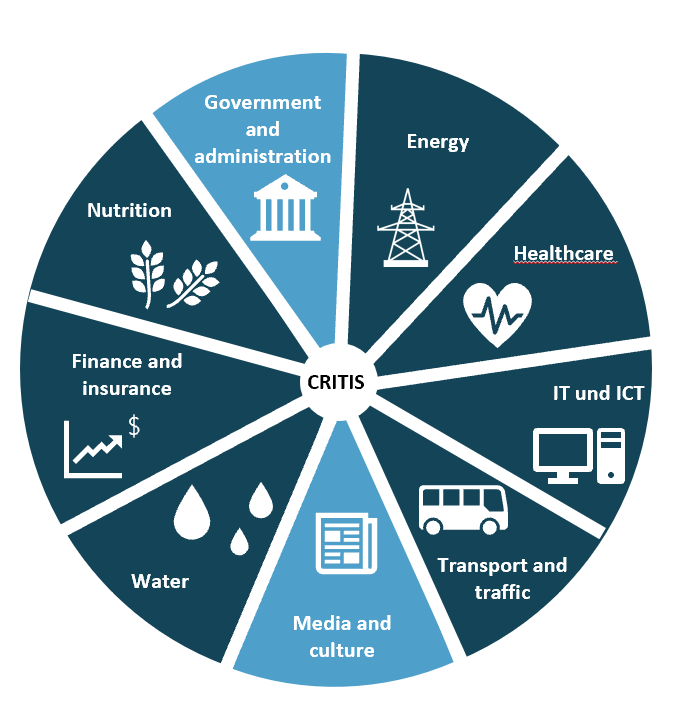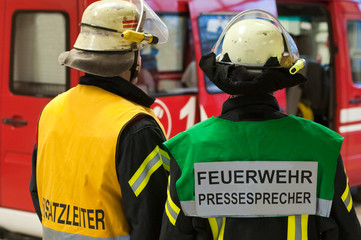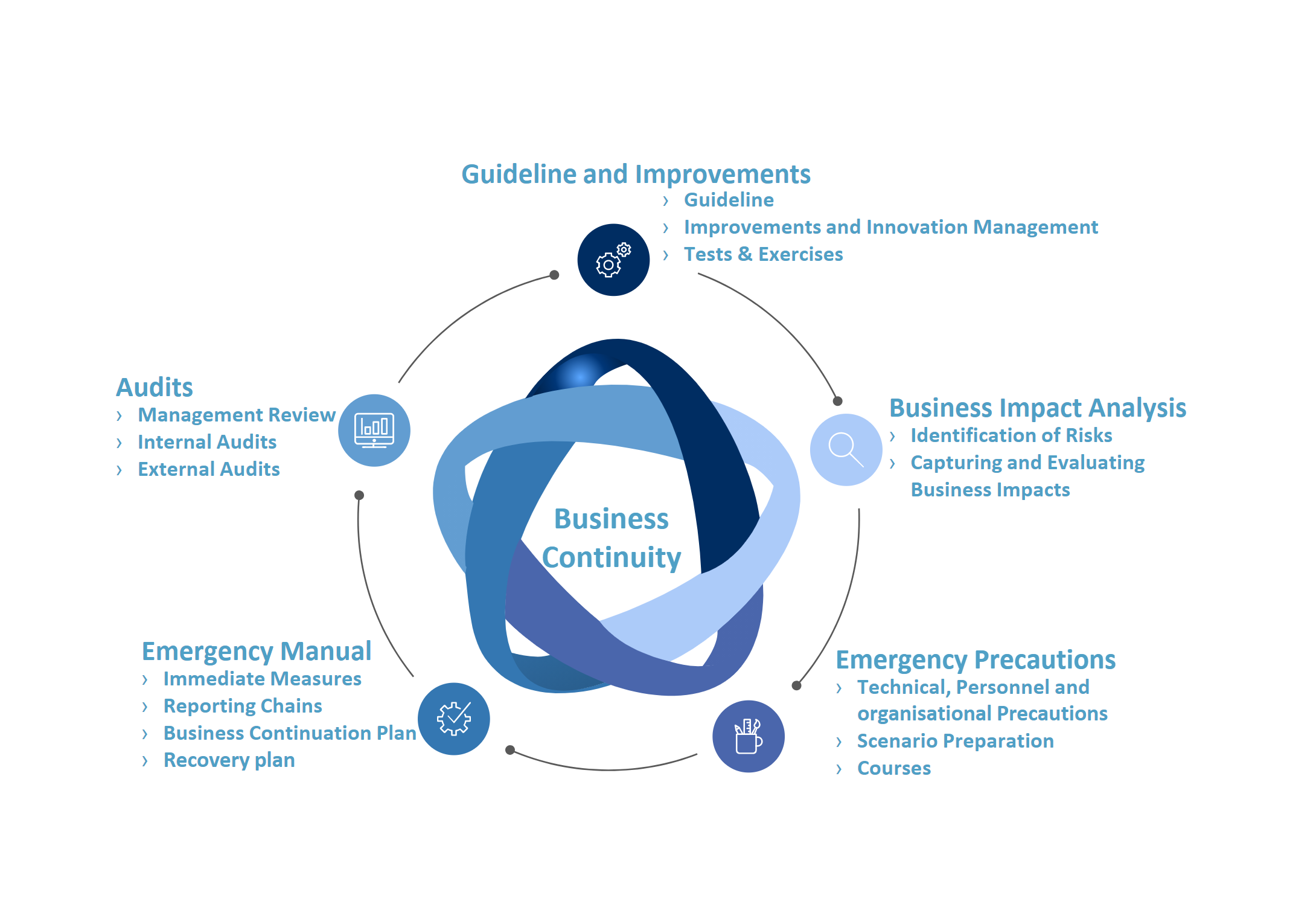Critical Infrastructures
Definition of critical infrastructures and their sectors Critical infrastructures (CRITIS) are, according to the German Federal Ministry of the Interior, for Construction and Homeland, "organizations and facilities of major importance to the state community, the failure or impairment of which would cause lasting supply bottlenecks, significant disruptions to public safety or other dramatic consequences." [1] This means that a failure of these infrastructures can have a major impact on the population and the state and must therefore be avoided at all costs. In the face of increasing IT dangers, the German parliament published the BSI Act on the Tasks of the Federal Office for Information Security in 2009, according to which CRITIS must meet increased requirements in the area of IT. However, this law does not define which companies, organizations and institutions are CRITIS. For this purpose, the Ordinance on the Determination of Critical Infrastructures under the BSI [...]










